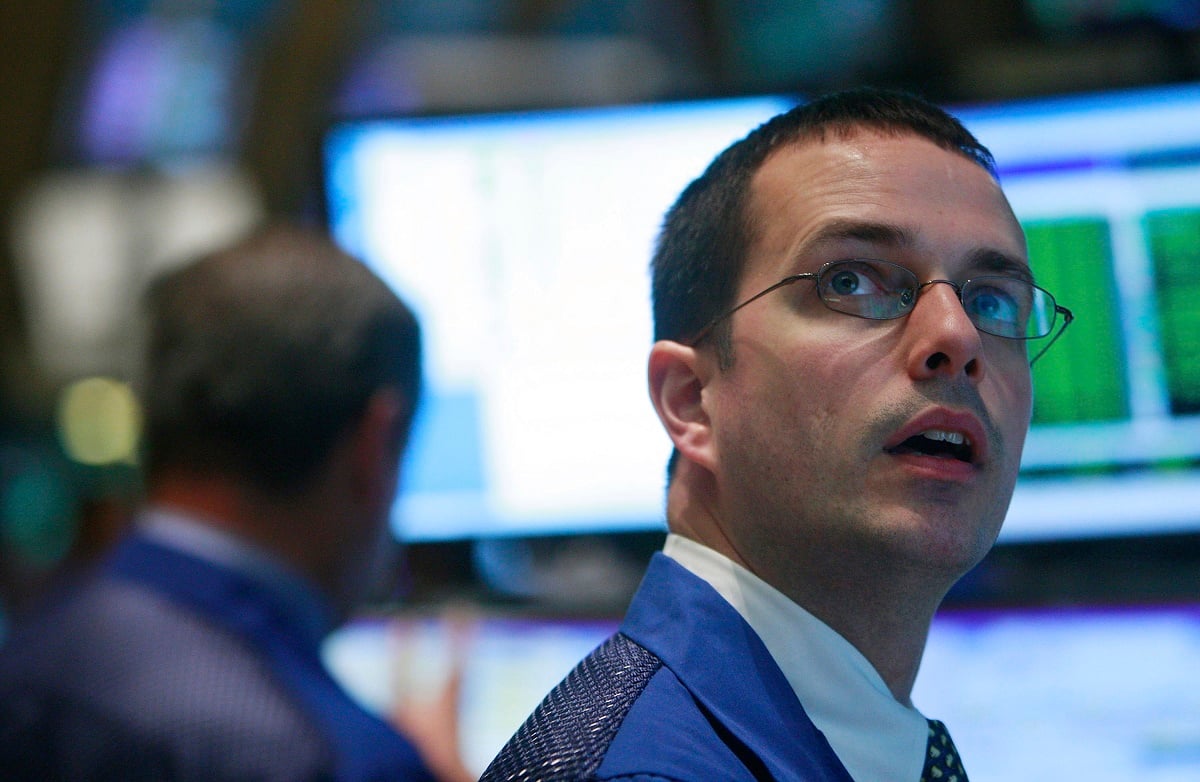Among Berkshire Hathaway's dozens of equity holdings, Visa (V +0.17%) and Mastercard (MA 0.58%) are two tiny positions that, combined, make up just 0.8% of the overall portfolio. But don't let that distract you from the fact that both of their shares have crushed the S&P 500 in the last 10 years.
It's not hard to figure out why Visa and Mastercard are two of the best businesses on the face of the planet. They benefit from the growth of digital payments, possess powerful network effects, and are incredibly profitable.
However, these companies face two key risks that investors need to be aware of. The good news, though, is that I view them as being somewhat overblown. Here's why.

NYSE: V
Key Data Points
Regulatory headaches
Combined, Visa and Mastercard account for 87% of all card payment volume that occurs in the U.S. This dominant duopoly position is something that regulators aren't really comfortable with, as the Durbin Amendment shows. This amendment was passed as part of the Dodd-Frank Act in 2010 to lower debit card interchange fees.
The hope of the Durbin Amendment was that it would lower prices for customers because it would save money for merchants. But a study showed that only 1% of retailers lowered prices. To make matters worse, the number of banks that offer debit cards with rewards has dropped substantially.
On the surface, this legislative move should've benefited the industry and its stakeholders. However, I think it represents a fundamental misunderstanding of the situation.
Visa and Mastercard get a lot of hate due specifically to interchange fees. But it's critical to understand that the bulk of any credit card transaction fee, which is the interchange, goes to the issuing banks. This could be JPMorgan Chase or Bank of America, to name just two examples.
These financial institutions must find customers, run credit checks, assume default risk, handle ongoing payments, and fund costly rewards and perks for cardholders. For all of this, a valid argument can be made that the interchange fee is adequate. But one could also argue that Visa and Mastercard shouldn't be the targets of this regulation, as they don't collect this interchange.
If these fees are too high, customers still have the choice to pay for things with cash instead of plastic. On the flip side, merchants, who bear the cost of accepting card payments, can simply restrict customers to only using cash. But if they did this, they'd miss out on a huge number of sales. This points to how both customers and merchants see a lot of value in card transactions, a fact that regulators have probably ignored.

NYSE: MA
Key Data Points
Competitive landscape
Another possible cause of worry for Visa and Mastercard shareholders has been the innovation and disruption taking place in digital payments, primarily in the past decade or so. Companies like PayPal, Block, Apple, Adyen, and Stripe have all helped to accelerate the war on cash.
The immediate thought might be that these businesses and their various services would spell the beginning of the end of Visa's and Mastercard's dominance. But this couldn't be further from the truth.
In the last 10 years, Visa and Mastercard have increased their quarterly payment volumes by 113% and 121%, respectively. And they have typically posted double-digit revenue and earnings growth like clockwork.
This tells me that the competitive positions of these two companies are virtually indestructible. The other takeaway is that fintech innovation actually benefits Visa and Mastercard because it helps propel greater card usage, while encouraging lower cash usage.
While smart investors should always be familiar with a company's risks, in this case, two major concerns are probably overblown.





